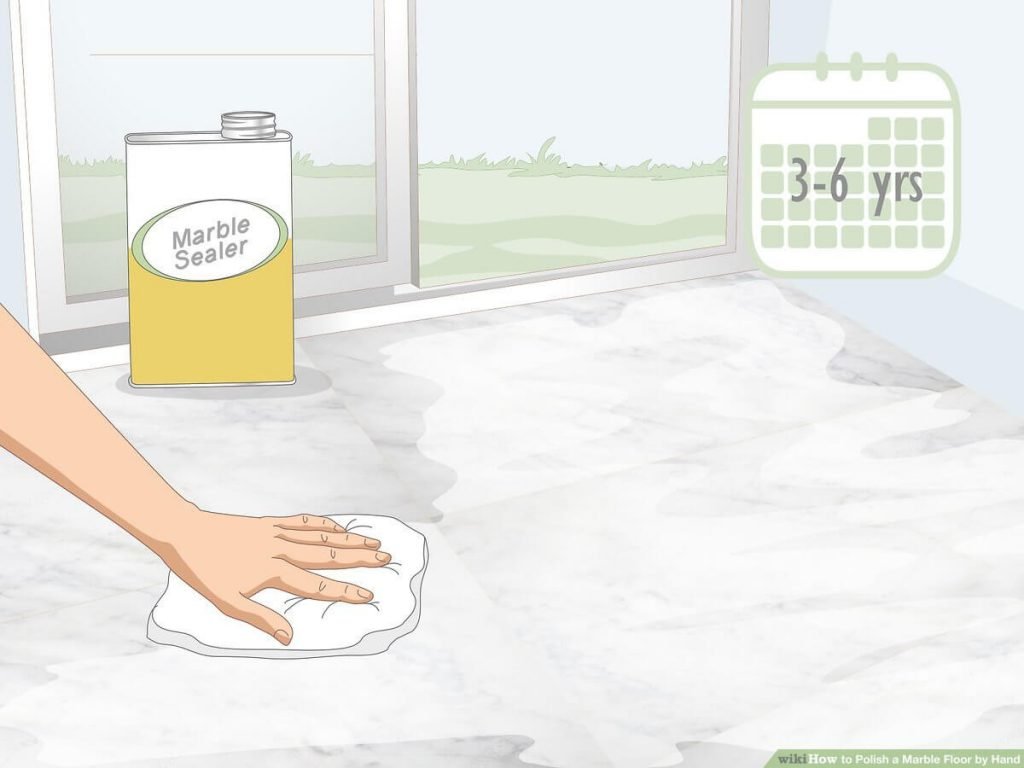Do you want to know what preparations should you remember before marble polishing? If yes, so this article is for you. Many people in Singapore have polished and polished marble floors. However, they can eventually lose their shine and start looking dull. However, there is no need to worry as dull marble floors can be easily restored by polishing the marble.
While most people prefer to hire professionals to polish their marble floors, some want to do the job themselves. If you consider yourself one of them, you should know that you cannot immediately start working. There are some things that need to be done before you can start polishing marble and we are about to share them with you right now.
Here Is What Preparations Should You Remember Before Marble Polishing
Marble polishing is done to finish marble surfaces that have sufficient wear to dull their luster. The use of marble is widespread in living areas, including floors, tables, kitchen counters, and showers. Thus, the surfaces are frequently used by humans.
A marble floor can be stained by spilled liquids as well as worn out by foot traffic. The kitchen countertops will see a lot of spilled juices, sauces, and oils. Of course, marble surfaces are treated to keep them stain-resistant, but will still see a fair amount of discoloration if not kept thoroughly clean.
The basics? Try to keep things tidy. Marble can be a stone, but it needs more maintenance than, for example, synthetic tiles. In fact, all surfaces used in architecture need some form of maintenance to keep them clean and attractive.
Stain prevention should be your top priority. Marble polishing will eventually come into the picture, but you’ll have an easier job if you keep that surface as shiny and clean as it was when it was new. Marble is very porous which means stains will get stuck in the stone, unlike glass where all you have to do is loosen dirt from the surface.
Wipe up spilled juice, sauces, and other liquids immediately before they can soak into the surface. Keep surfaces free of debris as it will build up and make cleaning more tedious. Avoid damaging the relatively soft surface, which means you don’t drag the sofa across that expensive marble floor.
Avoid placing hot items like pots on marble surfaces as they will definitely leave a mark. Water can stain your marble shower, so take a few minutes to dry the surface and remove any standing drips.
There is cultured marble and there is authentic marble. Although cultured or commercially produced marble has a hardened surface, it will still need extensive marble care and polishing. Put your hand on its marble surface and feel its temperature. Cultured marble reflects the ambient air temperature, while natural marble will feel slightly cooler than the surrounding air.
Just because cultured marble is harder than its natural version doesn\’t mean you can chop vegetables on that counter. Use the cutting boards and your protective pads as if they were natural marble; the same goes for cleaning spills and avoiding strong impacts on surfaces. Absolutely do not use metal polish on marble, natural or cultured surfaces.
A marble polishing procedure restores the smoothness of marble surfaces by reducing surface scratches. Therefore, it is a good idea to start with a clean surface. Surface dirt is easy. Use a normal detergent and water to remove the film of dirt that covers the marble.
The household cleaner will also work as long as you don’t use an abrasive type. Remember, don’t use anything abrasive and nothing acidic. Natural marble cannot be cleaned with vinegar because acids will damage it.
Cleaners are commercially available at hardware stores, but only get the ones you trust and hopefully from a source you can trust. There’s not much that can be done about damaged marble, and repairs can be time-consuming and expensive.
The polishing of the marble can be performed already after having cleaned the marble sufficiently. Chemical strippers are used to removing previously applied sealant from the surface to make it stain-resistant. This will be reapplied after smoothing the marble.
Powdered chemical polishes are used on the surface to achieve a deep glossy finish and the surface is then treated with a sealant to saturate the pores and prevent premature staining. Some old stains will be ingrained and you may want to consider using compresses made from baking soda and water to remove these stains.
The ingredients are blended to form a paste and are usually left on the stained surface for about 24 hours. There are also commercially available poultices if you are not comfortable cooking your own blend.
Faqs:
How is the marble polishing process?
To polish the natural marble surface, apply baking soda, 3 tablespoons mixed with 1 liter of water with a clean cloth, then wait 5 hours to dry. For cultured marble, use a specific cultured marble polishing compound or an automotive wax.
How is marble cleaned and polished?
Marble surfaces should be cleaned with soft cotton cloths and clean rags together with neutral detergents, and mild liquid dish detergent mixed with water or stone detergent. Try a commercial stone cleaner if you want to go the easy route.
What is the correct procedure for polishing the floor?
Instructions:
- Gather all necessary supplies and safety equipment.
- Dust and clean the floor before polishing.
- Install the polishing pad.
- Walk in a straight line 1-2 feet.
- Replace the pad when it becomes worn, dirty, or full of finishing dust.
- Dust the floor after polishing.
- Use a mop or vacuum to pick up the dirty solution.
